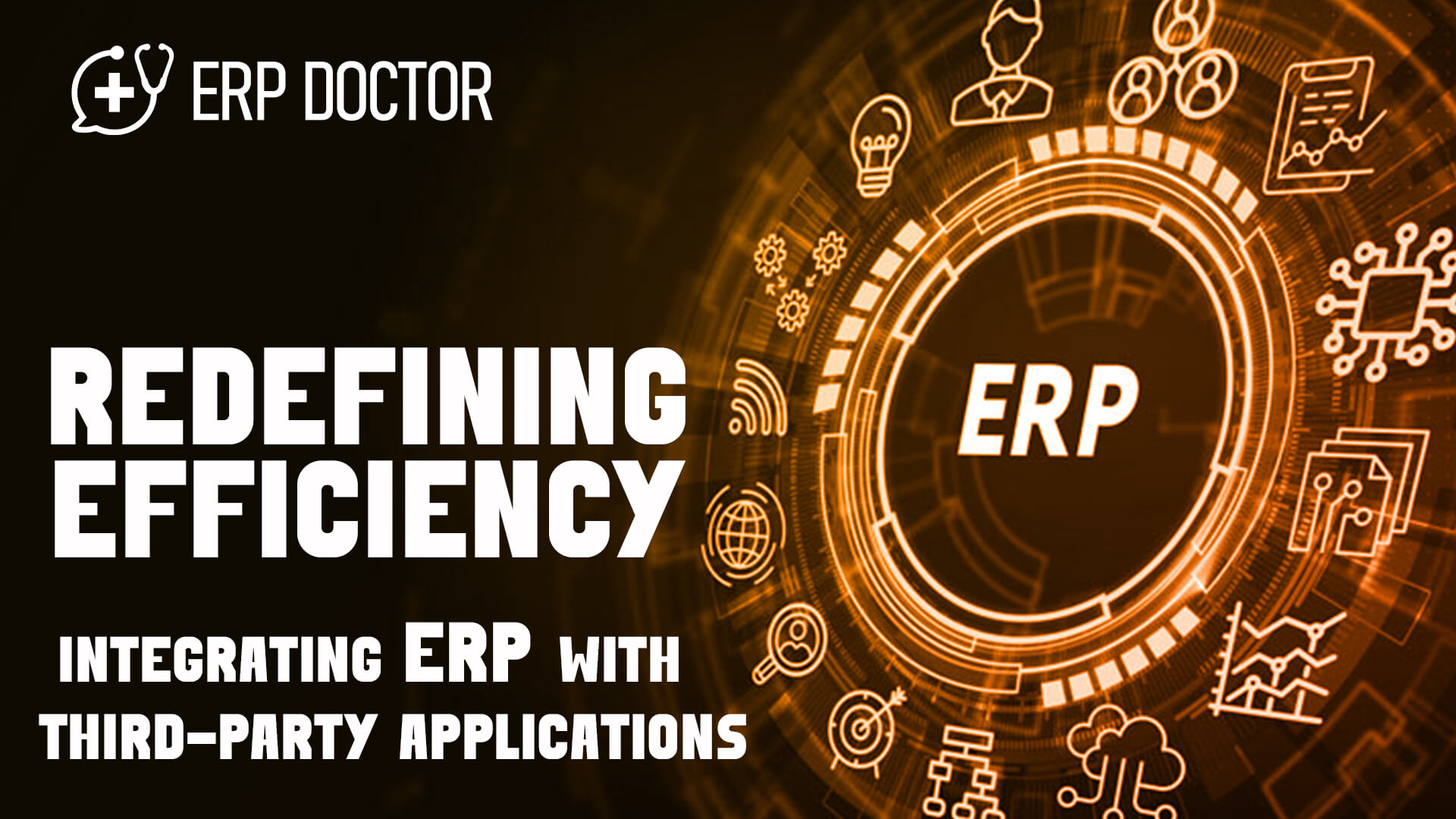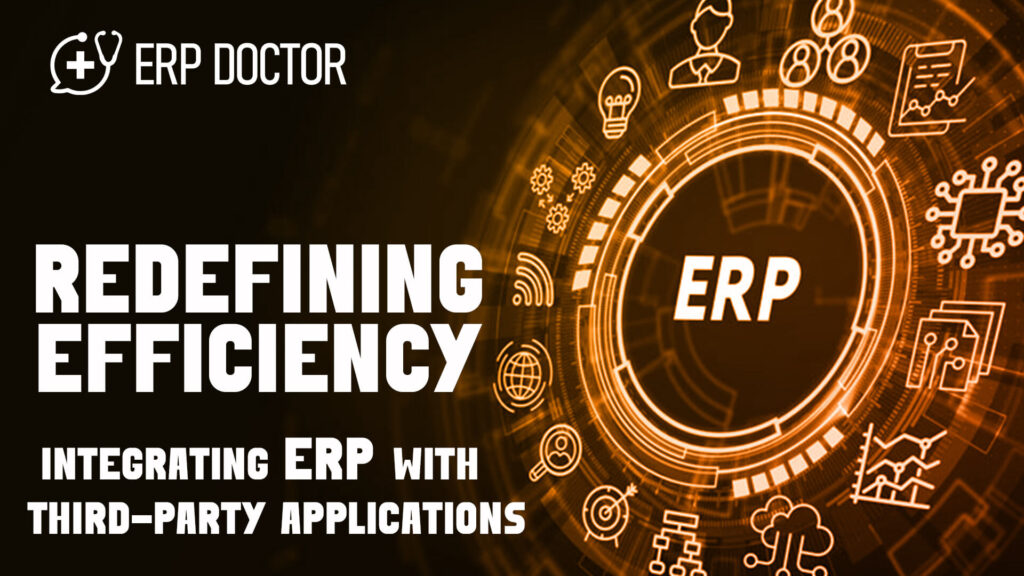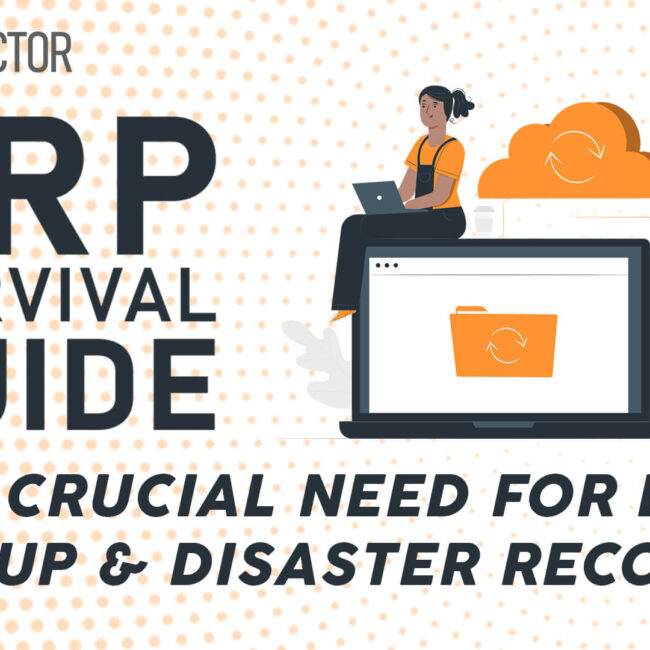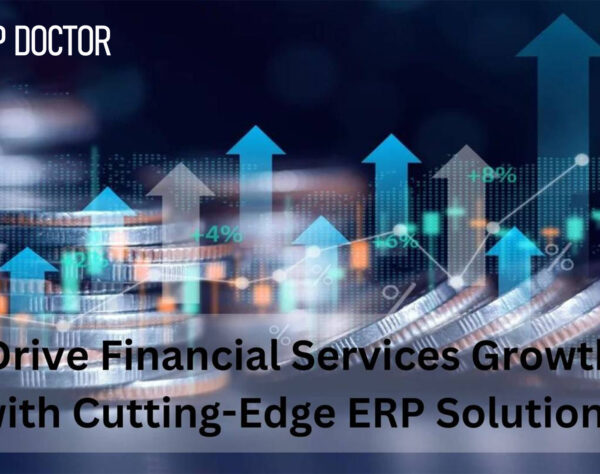
Redefining Efficiency: Integrating ERP with Third-Party Applications

How ERP Integration with Third-Party Apps Elevates Your Business
In today’s fast-paced business environment, efficient data management and seamless communication between various departments are essential for success. Enterprise Resource Planning (ERP) systems play a crucial role in streamlining business processes, and with the ever-growing need for more functionalities, integrating ERP systems with third-party applications has become a necessity. This beginner’s guide will walk you through the basics of ERP system integration with third-party applications, providing valuable insights and tips for a successful implementation.
Understanding ERP Systems:
Before delving into the intricacies of ERP system integration, let’s start with the fundamentals. ERP is a comprehensive software suite that integrates all core business processes and functions into a single, unified platform. It allows organizations to manage various aspects, including finance, inventory, human resources, supply chain, customer relationship management, and more, all under one roof.
Why Integrate ERP with Third-Party Applications?
While ERP systems offer a wide range of functionalities, businesses often require additional specialized applications to meet specific needs. For instance, e-commerce platforms, CRM systems, or supply chain management tools might offer unique features that can enhance the overall efficiency of your business. By integrating these third-party applications with your ERP system, you can bridge the gap between various departments and foster smooth data flow, leading to better decision-making and increased productivity.
Key Benefits of ERP System Integration:
a. Streamlined Data Management:
Integrating third-party applications with your ERP system eliminates manual data entry and reduces the chances of data errors. This streamlining allows real-time access to accurate information, empowering employees to make data-driven decisions.
b. Enhanced Efficiency:
ERP system integration automates repetitive tasks and simplifies complex processes, leading to improved efficiency across the organization. This, in turn, saves time, reduces operational costs, and boosts overall productivity.
c. Better Customer Experience:
With integrated data from various systems, customer interactions become more personalized and efficient. Providing a seamless customer experience can lead to increased customer satisfaction and loyalty.
d. Future-Proofing Your Business:
As your business grows, so will your software needs. By having a flexible ERP system that can easily integrate with new and emerging third-party applications, you can future-proof your business and adapt to changing market demands.
Choosing the Right ERP System and Third-Party Applications:
To ensure successful integration, it is vital to select the right ERP system and third-party applications that align with your business needs and goals. Consider factors such as scalability, compatibility, security, and customer support when evaluating software options. Additionally, consult with your IT team or experts in ERP integration to make informed decisions.
Best Practices for ERP System Integration:
a. Comprehensive Planning:
Before starting the integration process, create a detailed plan outlining objectives, timelines, and potential challenges. Involve key stakeholders from different departments to gain insights and support.
b. Testing and Training:
Thoroughly test the integrated system to identify and resolve any issues before going live. Provide comprehensive training to employees to ensure they can make the most of the integrated solution.
c. Data Security:
Data security should be a top priority throughout the integration process. Implement robust security measures and encryption protocols to safeguard sensitive information.
d. Continuous Monitoring:
After integration, continually monitor the system’s performance and gather feedback from users. Regularly update the integrated solution to stay ahead of any potential compatibility issues.
Integrating your ERP system with third-party applications can be a game-changer for your business, unlocking a wealth of opportunities for growth and efficiency. By following the best practices outlined in this beginner’s guide, you can confidently embark on the integration journey and empower your organization with a well-connected, future-proof ERP ecosystem. Embrace the power of ERP system integration and witness your business soar to new heights!
Embark on an inspiring journey today – Visit our website and discover a world of knowledge, creativity, and endless possibilities! Don’t miss out on exclusive content and exciting updates. Click here to explore and be part of our thriving community!







